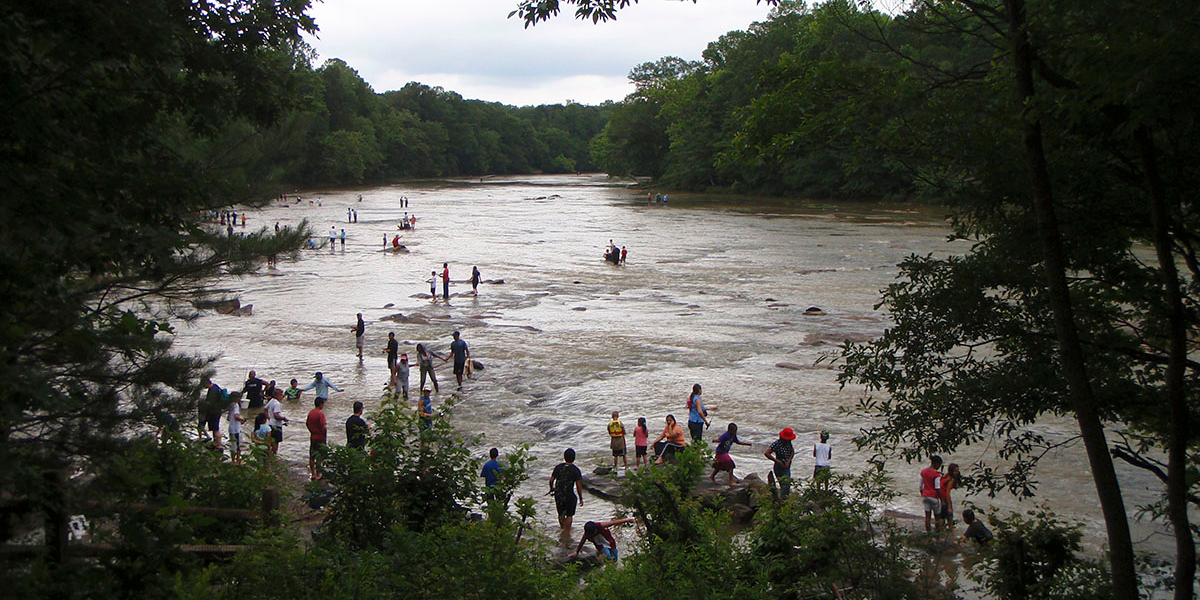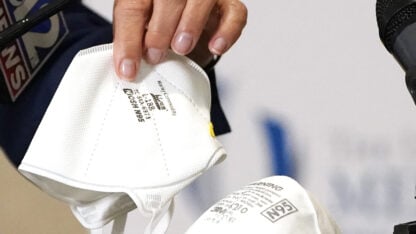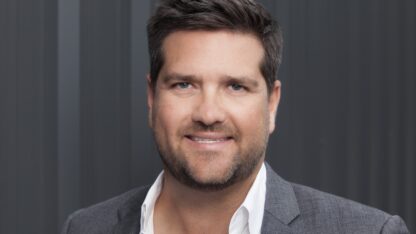Ga. EPD Director Pushes Back On River Quality Report

In an interview with Denis O’Hayer, Turner responded to the recent “Dirty Dozen” report from the Georgia Water Coalition, which listed the Chattahoochee as one of the waterways in peril.
Steve Harwood / flickr.com/captkodak
Georgia’s Environmental Protection Division Director Judson Turner says a group of environmental organizations ought to be “cheering the state on” for its work on the quality of the water in the Chattahoochee River near Atlanta.
In an interview with Denis O’Hayer, Turner responded to the recent “Dirty Dozen” report from the Georgia Water Coalition. The report listed the Chattahoochee as one of the waterways in peril.
The coalition was particularly critical of a vote in August by the board of the state’s Department of Natural Resources. The board voted to remove a section of state regulations which said water flow at the intersection of the Chattahoochee and Peachtree Creek should be maintained at a minimum of 750 cubic feet per second in order to ensure water quality. The coalition said removing that provision increased the risk of dangerous pollution levels.
But Turner argued the “750 cubic feet per second” language was never a requirement. He said it was a footnote in some regulations from four decades ago.
“It was comfort language, as I’ve described it,” he said.
Turner said improvements in clean water technology and monitoring mean the 750 cubic feet per second standard does not need to be maintained at all times. He said at times, especially in the winter, water can be held back at Lake Lanier and saved for use in times of drought.
Turner insisted that, no matter what the flow levels are, water quality standards in the Chattahoochee will be maintained. The Army Corps of Engineers, which manages flow from Lake Lanier, has released a draft update to its water control manual.
“The irony here is that the same groups that are concerned about this ought to be the groups that are cheering the state on to say ‘look, as the Corps looks at different flow targets, we’re going to maintain water quality standards – period.’ That ought to be a good thing, and viewed as more protective of water quality; not less,” Turner said.








